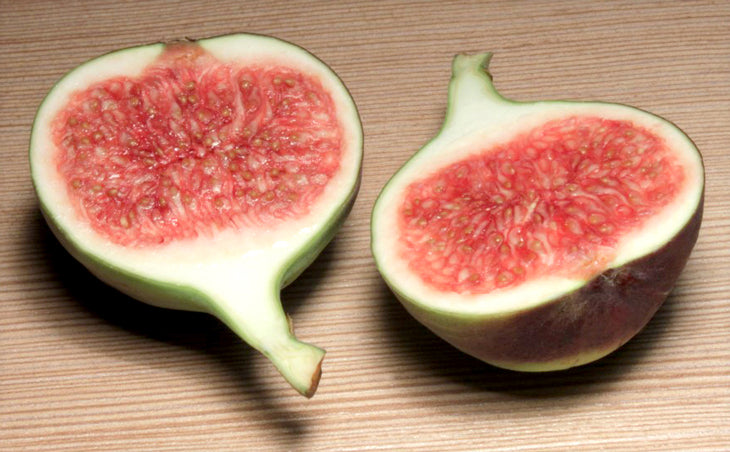Paleo and Osteoporosis
“Millions of Americans – 54 million to be exact – have low bone density or osteoporosis. In fact, about one in two women and up to one in four men over the age of 50 will break a bone due to osteoporosis. The disease causes an estimated two million broken bones every year.”[1]
How Can I Reduce My Risk for Osteoporosis While Still Following Paleo?
There are a variety of circumstances underlying the bone fragility that puts a person at risk for osteoporosis. We can do little about certain factors, such as genetics, family history, low bone mass, menopause, or aging after 50.
Females who exercise to the point where they no longer have periods, women after menopause, men who drink and smoke excessively, will have a higher risk for osteoporosis.

Broken bones, even those that happen after trauma, are now regarded as a signal to have one’s body checked for low bone mass and osteoporosis. Smoking, getting drunk or binge drinking, being inactive, dieting excessively to lose weight, or eating excessive amounts of animal protein are not only bad for bone health, they are risk factors for most chronic diseases.
The good news is we can improve our health and often lower our risk for osteoporosis by not smoking, exercising in moderation, and eating a well balanced diet, that includes plenty of fruits and vegetables, to maintain a healthy body weight [2].
Making sure that children and teens build strong bones through exercise and healthy diets reduces the risk of osteoporosis later in life. It is important to make sure a diet includes adequate calcium and vitamin D.

Now, as soon as people find out you follow the Paleo diet (and right after they ask about paleo dessert) one of the main questions or concerns is about your calcium intake, or at least it was for many of the non-paleo peeps in my life. “Wait, you don’t eat cheese or drink milk? What about your calcium?” I knew that there was more to keeping my bones healthy than drinking cow’s milk, so I investigated.
What I found is this: dairy is not the only good source of calcium. There are plenty of other foods high in calcium that fit with the paleo lifestyle. I was interested to read that calcium in foods is far more efficiently absorbed by the body than calcium in pills.
The latest research shows that healthy humans less than 50 years old do not need calcium supplement pills, unless specifically recommended by a doctor because tests for bone mass show a risk for osteoporosis. Calcium-rich foods to include in your diet, if you are not already eating them, are:

- Veggies – green vegetables (kale, spinach (cooked), collard greens, mustard greens, turnip greens, bok choy, nori, arugula, broccoli), acorn squash, sweet potato, mushrooms, fermented veggies
- Meat & seafood – organ meats, bone broth, fish, shrimp, oysters and other shellfish, canned tuna or salmon (with bones), sardines
- Nut and seeds – almonds, hazelnuts, walnuts
- Fruits – oranges, figs
- Bone Broth
Calcium isn’t the only mineral that your body needs in order to build and keep bones strong and healthy. Calcium with magnesium pack the biggest punch for your bone health; the magnesium is needed to help calcium absorption by the gut. And, many argue that it’s magnesium, not calcium that is the key to health bones. In order for your body to absorb calcium, it must be taken WITH magnesium in order for your body to absorb and use the calcium for bone health.[3].
- Pumpkin seeds, sunflower seeds, sesame seeds, cashews, almonds, flax seeds
- Spinach, Swiss chard
- Sweet potatoes
- Artichoke hearts

Vitamin D is a powerful hormone even more important to bone health as it is essential for the gut to absorb both calcium and magnesium. The easiest way for most people to get vitamin D is 30 minutes of sunshine during the summer (before applying sunscreen)! Great non-dairy foods for vitamin D are:
- Cod liver oil
- Tuna canned in water
- Sardines canned in oil
- Beef or calf liver
- Egg yolks

Other recommendations for reducing your chances of developing osteoporosis are:
- Stop smoking (this will help your health in general, not just osteoporosis)
- Eat an enjoyable balanced diet to maintain a healthy body weight
- Exercises that include weight bearing, resistance and flexibility specifically help your skeleton keep its bone. Weight bearing exercises include walking, jump rope, weight lifting, hiking, running, skating, dancing, stair climbing. Resistance exercises include free weights, or weight machines, resistance tubing, and water exercises which make your muscles work. Flexibility exercise for osteoporosis include regular stretching, T’ai chi, Pilates and yoga
- Limit alcohol, and drink caffeine in moderation
Osteoporosis becomes a serious issue for many of us as we age. Because it is “silent” until a fracture or bone break, it’s often pushed to the back of our mind. With good education about osteoporosis risk factors, there are ways to improve muscle and bone strength in children and adults, as well as lower the risk of bone fragility in osteoporosis in older adults.
Balanced, enjoyable nutrition? Check.
Vitamin D? Check.
Physical activity? Check.
Don’t smoke (or quit now)! Check.
Do you have a family history of osteoporosis? What steps are you taking to reduce your risk of developing osteoporosis? We’d love to hear from you.
SOURCES
[1] National Osteoporosis Foundation http://nof.org
[2]http://www.ncbi.nlm.nih.gov/books/NBK45504/#ch2.s1
[3]http://thepaleomama.com/2014/02/magnesium-calcium-key-healthy-bones/

- Is Wine Paleo?
- Breast Cancer, Chemo, Keto, and Paleo: A Runner's Journey
- The Paleo Diet & Heart Health


Leave a comment